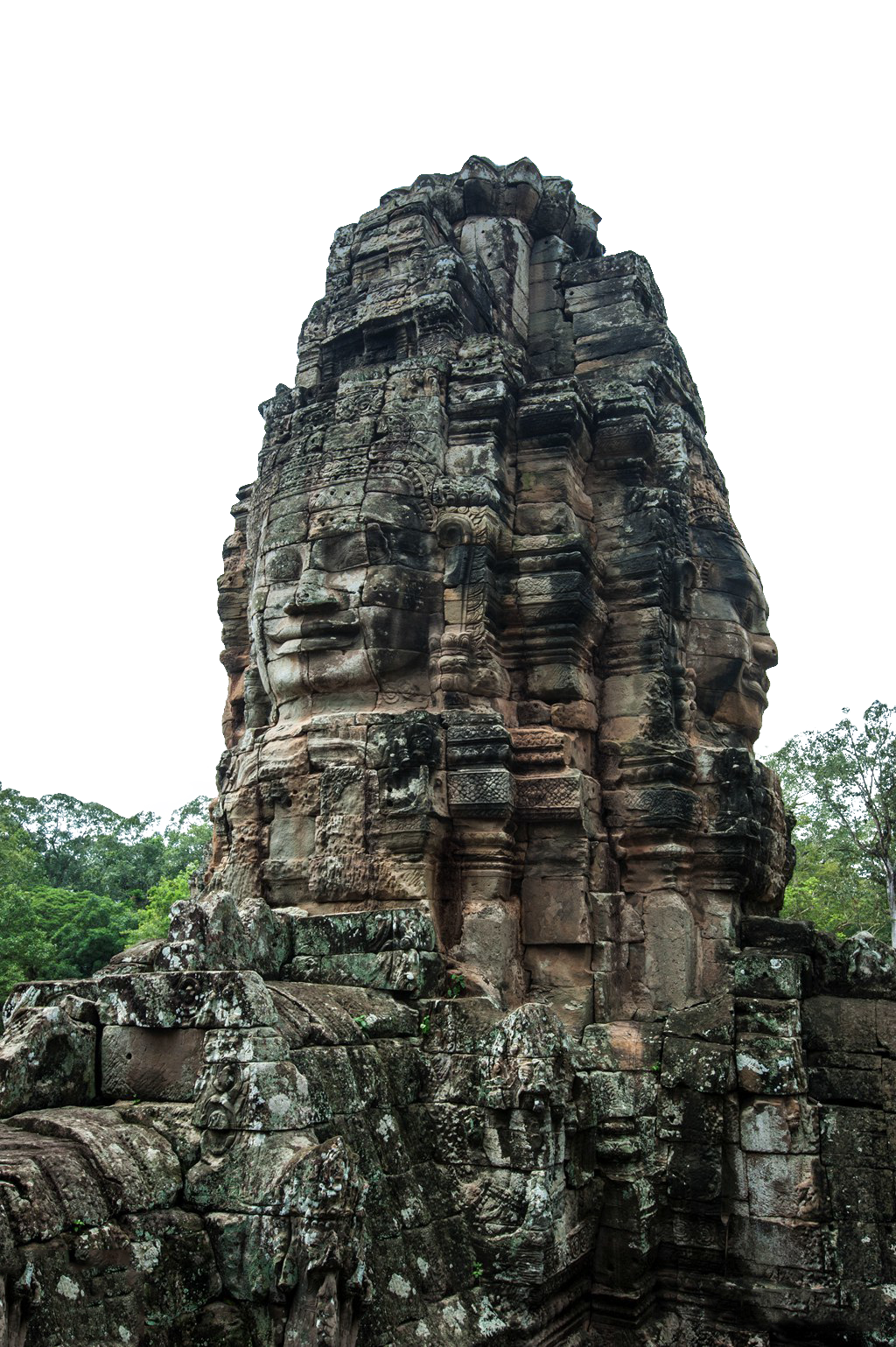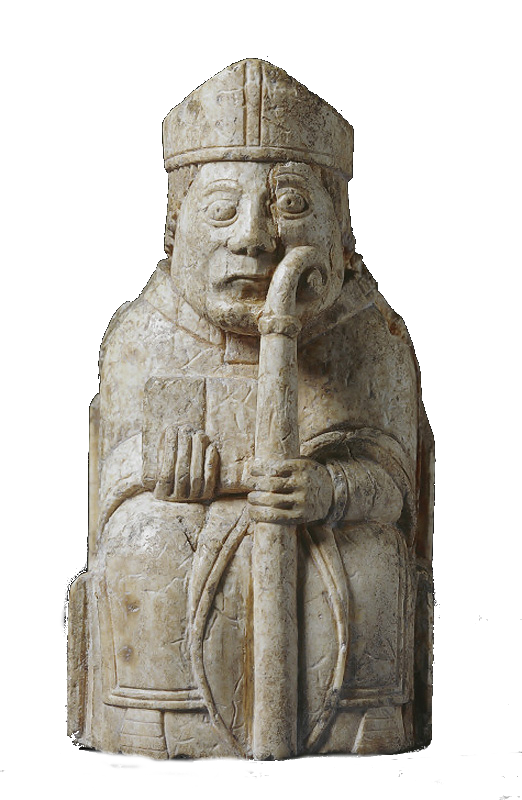Archaeology
Welcome to c/Archaeology @ Mander.xyz!
Shovelbums welcome. 🗿

Notice Board
This is a work in progress, please don't mind the mess.
- 2023-06-15: We are collecting resources for the sidebar!
- 2023-06-13: We are looking for mods. Send a dm to @[email protected] if interested!
About
Archaeology or archeology[a] is the study of human activity through the recovery and analysis of material culture. The archaeological record consists of artifacts, architecture, biofacts or ecofacts, sites, and cultural landscapes.
Archaeology has various goals, which range from understanding culture history to reconstructing past lifeways to documenting and explaining changes in human societies through time.
The discipline involves surveying, excavation, and eventually analysis of data collected, to learn more about the past. In broad scope, archaeology relies on cross-disciplinary research. Read more...
Rules
- Don't throw mud. Be kind and remember the human.
- Keep it rooted (on topic).
- No spam.
- No pseudoscience/pseudoarchaeology.

Links
Archaeology 101:
Get Involved:
University and Field Work:
- Archaeological Fieldwork Opportunities Bulletin
- University Archaeology (UK)
- Black Trowel Collective Microgrants for Students
Jobs and Career:
Professional Organisations:
- Chartered Institute for Archaeologists (UK)
- BAJR (UK)
- Association for Environmental Archaeology
- Archaeology Scotland
- Historic England
FOSS Tools:
- Diamond Open Access in Archaeology
- Tools for Quantitative Archaeology – in R
- Open Archaeo: A list of open source archaeological tools and software.
- The Open Digital Archaeology Textbook
Datasets:
Fun:
Other Resources:

Similar Communities
Sister Communities
Science and Research
Biology and Life Sciences
Plants & Gardening
Physical Sciences
Humanities and Social Sciences
Memes
Find us on Reddit

view the rest of the comments
This is the best summary I could come up with:
One of the challenges of working with ancient DNA samples is that damage accumulates over time, breaking up the structure of the double helix into ever smaller fragments.
In the samples we've worked with, these fragments scatter and mix with contaminants, making reconstructing a genome a large technical challenge.
Since chromosomes are millions of base pairs long, it was thought that this would inevitably destroy their structure, as many of the fragments would simply diffuse away.
So, they set out to test this using mammoth tissues, obtained from a sample termed YakInf that's roughly 50,000 years old.
The challenge is that the molecular techniques we use to probe chromosomes take place in liquid solutions, where fragments would just drift away from each other in any case.
So, the team focused on an approach termed Hi-C, which specifically preserves information about which bits of DNA were close to each other.
The original article contains 656 words, the summary contains 149 words. Saved 77%. I'm a bot and I'm open source!